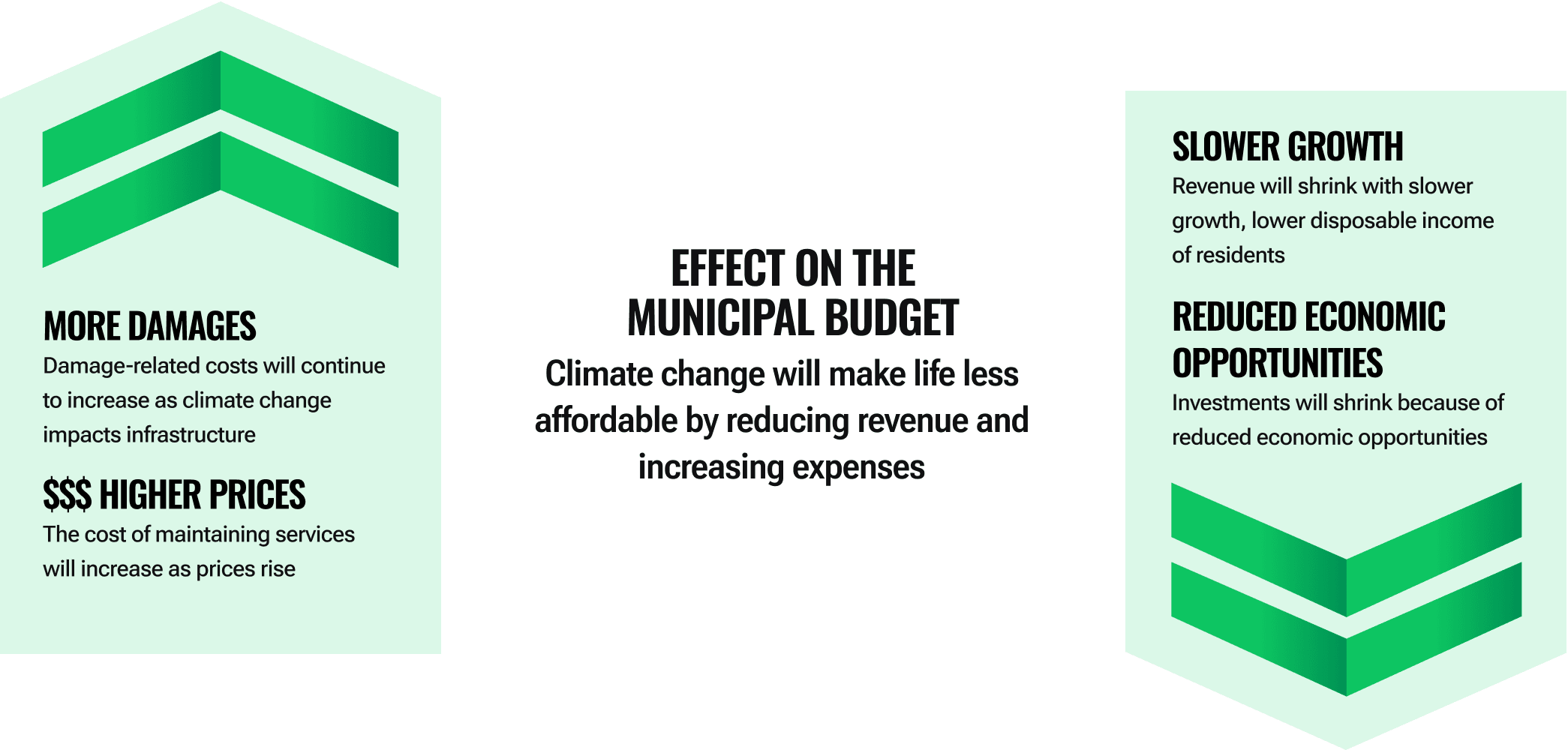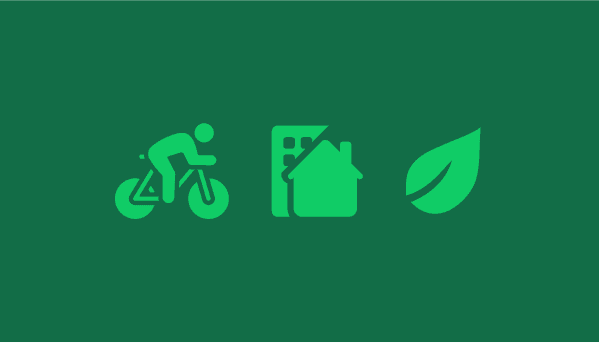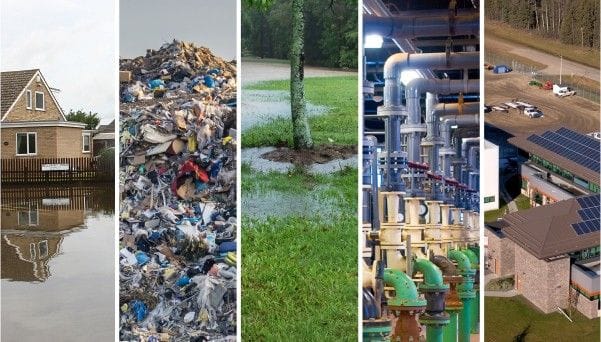Getting to knowCosts of Climate Change

How can I consider the costs in climate infrastructure decisions?
Canadian communities are facing a wide range of direct and of a changing climate, with numerous implications for the built, socio-economic, and natural systems. In addition, municipalities are facing increased financial costs that include both direct and indirect economic costs (e.g., costs of repairs, increased operations and maintenance expenses, loss of service delivery and business interruption).
National estimates show climate change is now costing Canada billions of dollars every year. Furthermore, as trends in extreme weather events have increased, so too have the trends in insured and uninsured losses (a growing body of evidence indicates that uninsured losses are often underestimated and may be much higher than insured/reported losses) (IBC & FCM, 2020; Ness et al., 2021; Sawyer et al., 2020, 2022).
Beyond the clear financial costs associated with extreme weather events, multiple cascading or indirect costs are not accounted for in many cost estimates, including municipal service disruptions, supply chain disruptions, network interruptions, business interruptions, power outages, food/water shortages, as well as other significant non-market costs.
Examples of direct costs as a result of climate change:
- Damage to hard and (e.g. repair and replacement costs after a flood event)
- Increased wear and tear resulting in increased operations and maintenance costs
- Physical and mental health impacts (e.g. costs for medical treatment after an event)
- Damage to ecosystems (e.g. damage to tree canopy after a windstorm resulting in loss of ecosystem services)
Examples of indirect costs as a result of climate change:
- Disruption/interruption of service delivery (e.g., water and waste)
- Workers not able to get to work due to damaged networks
- Rising insurance premiums from flooded
- Long-term physical and mental health impacts
- Loss of revenue in businesses who work with directly impacted businesses




